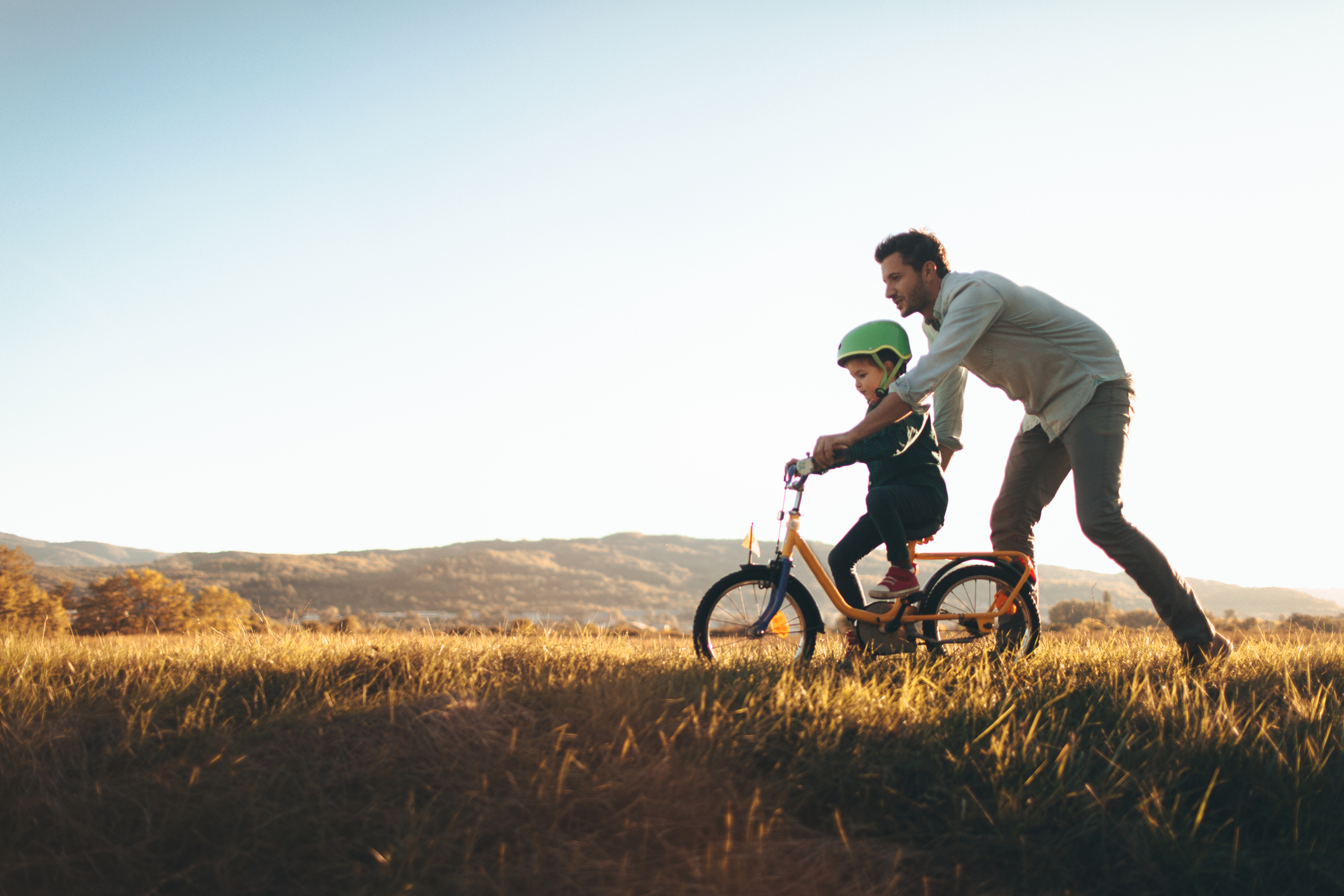In spring, the weather is getting warm, and you and your family can go outside and be physically active. Whether you go biking, geocaching, hiking, walking, or swimming, you should consider some safety measures. Following safety measures like wearing helmets and sunscreen are essential to protect you and your family while you enjoy the outdoors. Here are tips to keep you and your family safe during outdoor activities:
- Wear helmets correctly. Helmets can protect you and your child while you participate in activities like baseball, rollerblading, and bike riding. Helmets should be well maintained, age-suitable, and appropriately certified for use, and they should be worn regularly and correctly. Learn about helmets and how to make sure you are wearing them properly at HEADS UP.
- Drink water and stay well hydrated. Water is healthy and has zero calories and no added sugar. Water is essential for the body – drinking it helps keep joints, bones, and teeth healthy; allows the blood to circulate; and may improve your mood. Drinking water keeps us hydrated while we engage in outside activities. When you sweat, you need to replace the water your body has lost. During activities like running, biking, and playing soccer, your child should drink water before, during, and after the activity. Hereis more information about the benefits of drinking water and staying hydrated.
- Wear the proper footwear. Biking in flip-flops, hiking in high-heeled shoes, and playing soccer in slippers are not recommended. Wearing the right shoe for the activity can decrease your chances of injury. Proper fitting shoes cushion and support the foot, feel comfortable, and fit well. You can learn more about safe footwear from the American Orthopedic Foot and Ankle Society here.
- Use sunscreen. Sunburns and skin damage can happen even on cloudy days. Try to put on sunscreen at least 15 minutes before going outside. Use an SPF of 15 or higher. Remember, reapply sunscreen after swimming, sweating, or toweling off. You can find additional sun safety tips from the Centers for Disease Control and Prevention here.
- Limit cellphone distraction. Research says that most playground injuries happen when parents focus on cell phones instead of watching and playing with their children (Lemish, 2019). While playing with your child outside, try to use your cell phone on a limited basis and only as needed.
Getting outside and getting physical activity can be an enjoyable experience for you and your family. Just remember to be safe and have fun!
Resources
American Orthopedic Foot and Ankle Society (2021). How do I choose shoes for my child? FootCare MD. https://www.footcaremd.org/resources/how-to-help/how-to-select-childrens-shoes
Centers for Disease Control and Prevention (2020). Heads-up helmet safety. https://www.cdc.gov/headsup/helmets/index.html
Centers for Disease Control and Prevention (2020). Sun safety tips for families. https://www.cdc.gov/cancer/skin/basic_info/sun-safety-tips-families.htm
Healthy Children (2020). Choose water for healthy hydration. https://www.healthychildren.org/English/healthy-living/nutrition/Pages/Choose-Water-for-Healthy-Hydration.aspx
Reference
Lemish, D., Elias, N., & Floegal, D., (2020) Look at me! Parental use of mobile phones at the playground. SAGE Journals, 8(2), 179-187. https://doi.org/10.1177/2050157919846916




